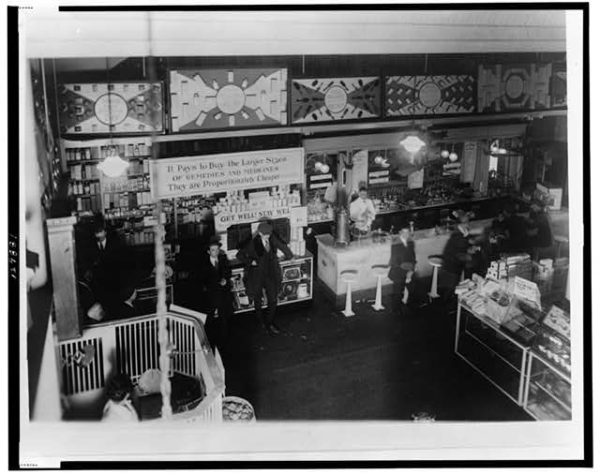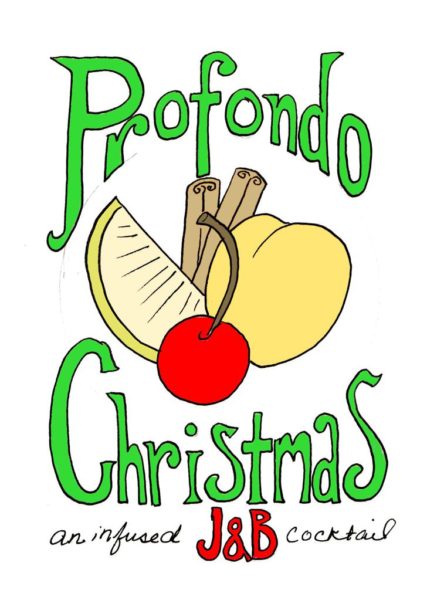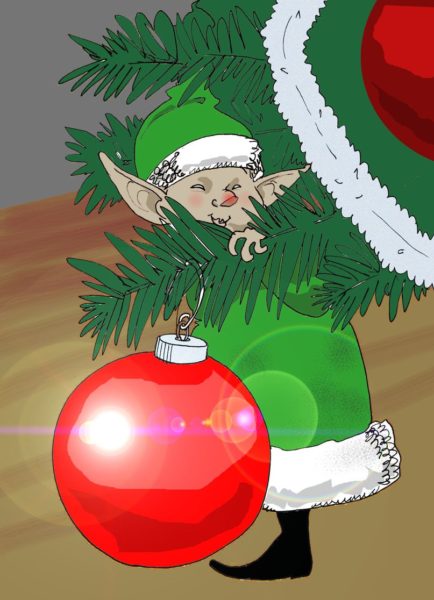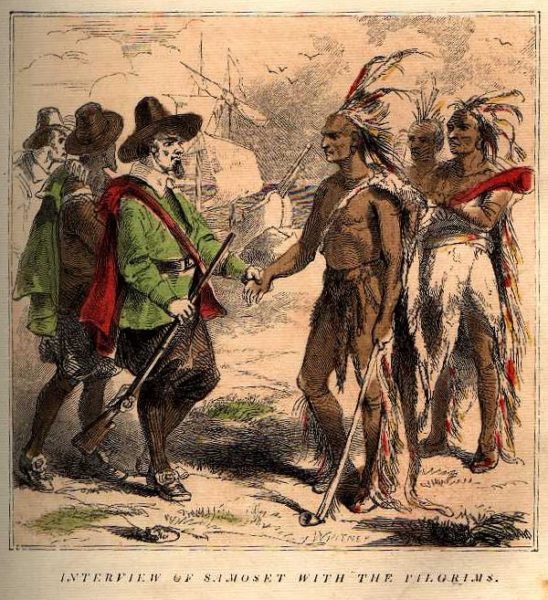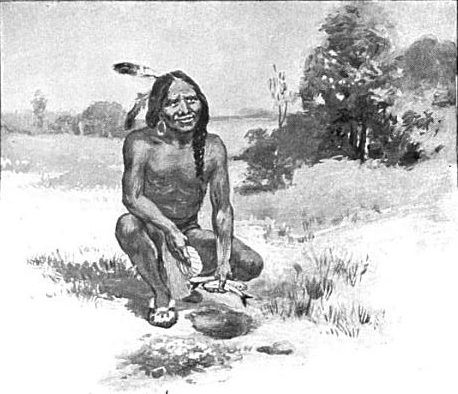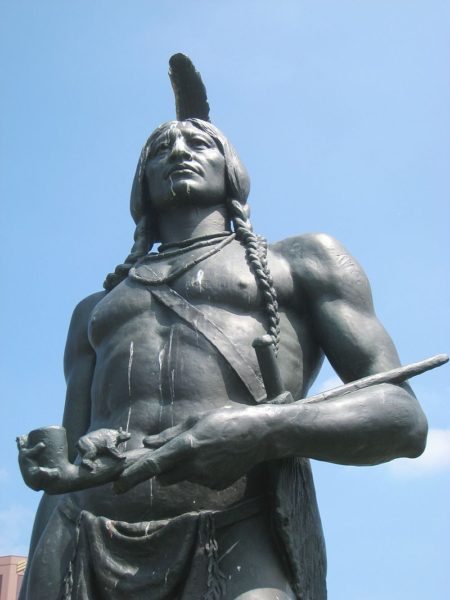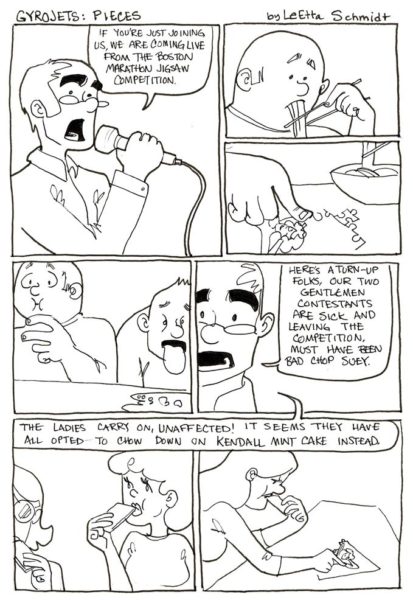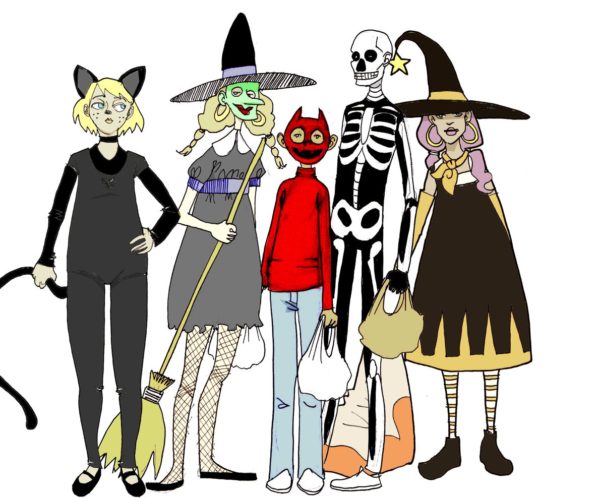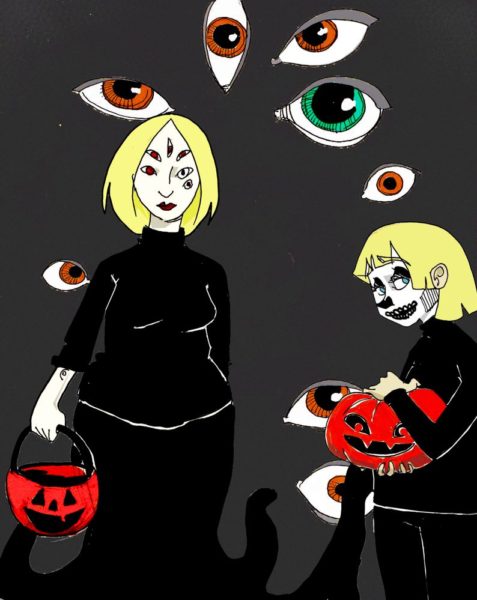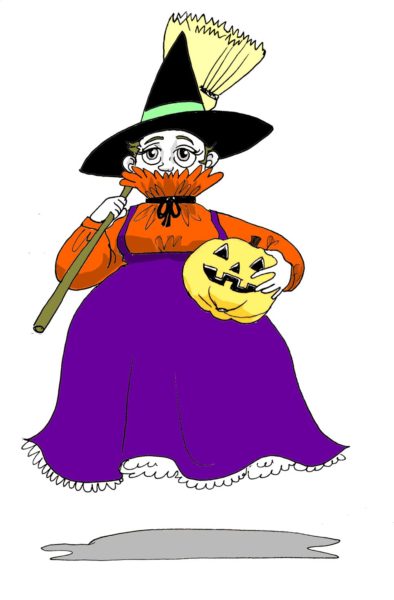The story of Liliuokalani’s reign as the first queen and last monarch of Hawaii is often told from an Anglo-Protestant, U.S. allied, perspective. This is the same perspective as the foreign Hawaiian residents who conspired to take her crown away. Sympathetic articles in U.S. newspapers during the shift of power in Hawaii and internet history articles of today gloss over the events that culminated in her removal and imprisonment, making it seem, in my opinion, as though Liliuokalani could be partially responsible in any way for the disintegration of the Hawaiian monarchy. Thankfully, Liliuokalani herself gave us a history from her own perspective that fills in gaps we wouldn’t have known were there.
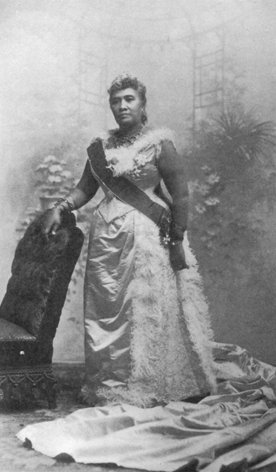
Her Majesty, Queen Liliuokalani. Liliuokalani. (1898) Hawaii’s History by Hawaii’s Queen. Boston: Lee and Shepard. https://digital.library.upenn.edu/women/liliuokalani/hawaii/hawaii.html 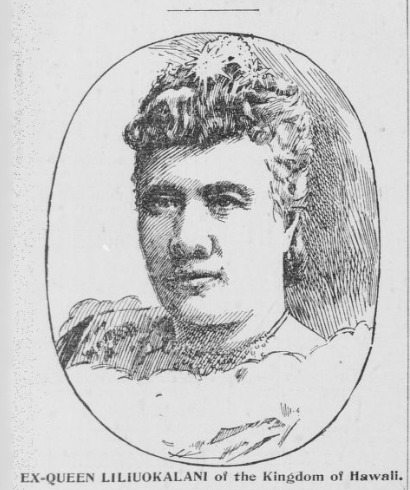
Ex-Queen Liliuokalani. Rix, Alice. (1898) “Sad the Return of Liliuokalani to Her People” The San Francisco call. 13 Aug. 1898. Chronicling America: Historic American Newspapers. Lib. of Congress. https://chroniclingamerica.loc.gov/lccn/sn85066387/1898-08-13/ed-1/seq-3/
Before we can truly make sense of the sequence of events that deposed Liliuokalani and helped make Hawaii part of the United States of America, we have to start before her reign with the American Board of Commissioners for Foreign Missions, established in the U.S. in 1810, that was peopled with a group of young protestant descendants of the founding Puritan families. From this board the first Congregationalist mission to the Hawaiian Islands arrived in 1820, and began establishing an expatriate community, as was their modus operandi. There already existed in Hawaii an established European presence at this time which bolstered the protestant mission to preach, convert, and intrinsically change societal and cultural norms (Ward, 2019). This was the world in which Liliuokalani grew up. She attended a ‘Royal School,’ dedicated to educating children from royal families, high ranking chiefs, and those with claims to the throne, which was run by missionaries sent to the islands by the American Board of Commissioners for Foreign Missions (Liliuokalani, 1898).
Long before she would know for sure that she was in line for the throne, the islands had been temporarily taken by the British in a skirmish with the Americans, after which power was ‘restored’ to the Kamehameha Dynasty (Ward, 2019). The earliest constitution in Hawaii was delivered by the King in 1840 and revised in 1852 after the above interruption to royal power. Liliuokalani surmises that both constitution drafts were likely heavily influenced by the missionaries on the island, but both of these were delivered of the King’s own volition (Liliuokalani, 1898). The foreign residents of the islands were also becoming deeply embedded in the King’s cabinet, government, and were acting as advisers in several capacities. So it was remarkable, at least to Liliuokalani, that King Kamehameha V refused to take the oath to maintain the current constitution upon his ascendancy, abrogated the constitution of 1852 and, after an unsuccessful constitutional convention, wrote his own. This example of royal leadership seemed to have a deep impact on Liliuokalani, who wrote “it is presumable, therefore, that he understood the needs of his people better than those of foreign birth and alien affinities” (Liliuokalani, 1898). The new constitution served the Hawaiian people for twenty three years during a period of increasing prosperity where all the island residents seemed to live in harmony.
Liliuokalani in her book, Hawaii’s History by Hawaii’s Queen (1898), draws attention to how traditional Hawaiian culture was different to the culture of the foreign residents, and to the transforming culture of the islands during her life. She describes a system where the King and his people interacted through an exchange not unlike that of an extended family. The King, as the head of the family, had a house available to him in all parts of his domain and food for his table supplied by the people. The people, in return had their needs taken care of by the King through his retinue of overseers. There were no payments to the people for services to the King and no taxes on the people to support the state. All lands and property ruled by the King belonged to the King and were apportioned to those that needed it for the duration of need. This clashed with the ideals and values of the second generation white residents on the island, and has been pinpointed as an underlying reason that the American missionaries and plantation owners sought more governmental control (Ward, 2019). While Liliuokalani was abroad for Queen Victoria’s jubilee celebration, she and her party received word of a revolutionary movement against the King that would thereafter be known as the Bayonet Constitution. As Liliuokalani described it:
“For many years our sovereigns had welcomed the advice of, and given full representations in their government and councils to, American residents who had cast in their lot with our people, and established industries on the Islands. As they became wealthy, and acquired titles to lands through the simplicity of our people and their ignorance of values and of the new land laws, their greed and their love of power proportionately increased; and schemes for aggrandizing themselves still further, or for avoiding the obligations which they had incurred to us, began to occupy their minds.” [and] “without any provocation on the part of the king, having matured their plans in secret, the men of foreign birth rose one day en masse, called a public meeting, and forced the king, without any appeal to the suffrages of the people, to sign a constitution of their own preparation, a document which deprived the sovereign of all power, made him a mere tool in their hands, and practically took away the franchise from the Hawaiian race. This constitution was never in any way ratified, either by the people, or by their representatives.”
(Liliuokalani, 1898)
The Bayonet Constitution removed power from the monarchy and mandated that only people of certain ethnicities, literacy, and land ownership could vote, disenfranchising many Asian residents and Hawaiian citizens, while at the same time ensuring that only wealthy non-citizen residents (just 3% of the population) could stand for election to office (Hugo, 2017; Borch, 2014). When Liliuokalani inherited the throne, she received petitions from all over the islands to draft a new constitution, and, taking the example of King Kamehameha V, she announced that she intended a revision (Liliuokalani, 1898). A coterie of men lead by Sanford Dole, cousin to James Dole who would later start the Hawaiian Pineapple Company, formed a league to restore and maintain the ill-gotten constitutional government and, with the help of the American military, overthrew the monarchy (“Ex-Queen,” 1917; Hugo, 2017). Sanford Dole became president of this new Republic of Hawaii.
Not long after the provisional government was established, Hawaiians loyal to the Queen attempted a counter coup that inspired Dole to establish military law. All ‘royalists’ were rounded up and tried by a tribunal in ‘batches’ to save time. After thirty five days, 191 people had been tried, most found guilty, and some sentenced to hang (Borch, 2014). Liliuokalani acquiesced to pressure that she sign a formal abdication in order to bring an end to the trials, but the trials did not stop, and she was brought before the tribunal under charges of ‘misprision of treason.’ She was found guilty and imprisoned, though her sentence and those of other ‘royalists’ were commuted the next day by President Dole to lesser punishments. No hangings were ever carried out. Liliuokalani was confined to a small room in her former palace for eight months after which she was released to her private residence on house arrest for an additional year (Borch, 2014). Hawaii was annexed to the United States later, under President McKinley, the same year the U.S. gained control of Cuba, the Philippines, Guam and Puerto Rico.
In her book, Liliuokalani writes of her childhood and of Hawaiian culture and the succession of Kings, though most of the material seems aimed at providing a complete backstory to her reign and her perspective to the foreign greed and love of power that unmade her homeland. After she was allowed to travel freely, Liliuokalani, with Princess Ka’iulani, turned their efforts to obtaining voting rights for the Hawaiian people (Hulstrand, 2009). After Ka’iulani’s death, Liliuokalani withdrew from public life and lived quietly until her death at the age of 79 (“Liliuokalani,” 2009). In addition to her own history of her life, she wrote several songs, one of which remains well known to this day: “Aloha Oe,” translated as “Farewell to Thee” (Hugo, 2017).
REFERENCES
- Borch, F. L. (2014). The Trial by Military Commission of Queen Liliuokalani. Army Lawyer, 2014(8), 1–3.
- “Ex-Queen Liliuokalani Died Sunday Night” (1917) The Union times. 15 Nov. 1917. Chronicling America: Historic American Newspapers. Lib. of Congress. https://chroniclingamerica.loc.gov/lccn/sn93067853/1917-11-15/ed-1/seq-2/
- Hugo, Kristin. (2017) How Hawaii Lost Its Last Queen, Liliuokalani, to the Fruit Tycoons at Dole. Newsweek. https://www.newsweek.com/how-hawaii-lost-its-last-queen-liliuokalani-fruit-tycoons-dole-708512
- Hulstrand, Janet. (2009) Ka’iulani: Hawaii’s Island Rose. Smithsonian Mag. https://www.smithsonianmag.com/history/kaiulani-hawaiis-island-rose-131796275/
- Liliuokalani. (1898) Hawaii’s History by Hawaii’s Queen. Boston: Lee and Shepard. https://digital.library.upenn.edu/women/liliuokalani/hawaii/hawaii.html
- “Liliuokalani.” (2009) History.comhttps://www.history.com/topics/19th-century/liliuokalani
- Rix, Alice. (1898) “Sad the Return of Liliuokalani to Her People” The San Francisco call. 13 Aug. 1898. Chronicling America: Historic American Newspapers. Lib. of Congress. https://chroniclingamerica.loc.gov/lccn/sn85066387/1898-08-13/ed-1/seq-3/
- Ward, Christina. (2019) American Advertising Cookbooks: how corporations taught us to love spam, bananas, and jell-o. Process Media: Port Townsend, WA.

